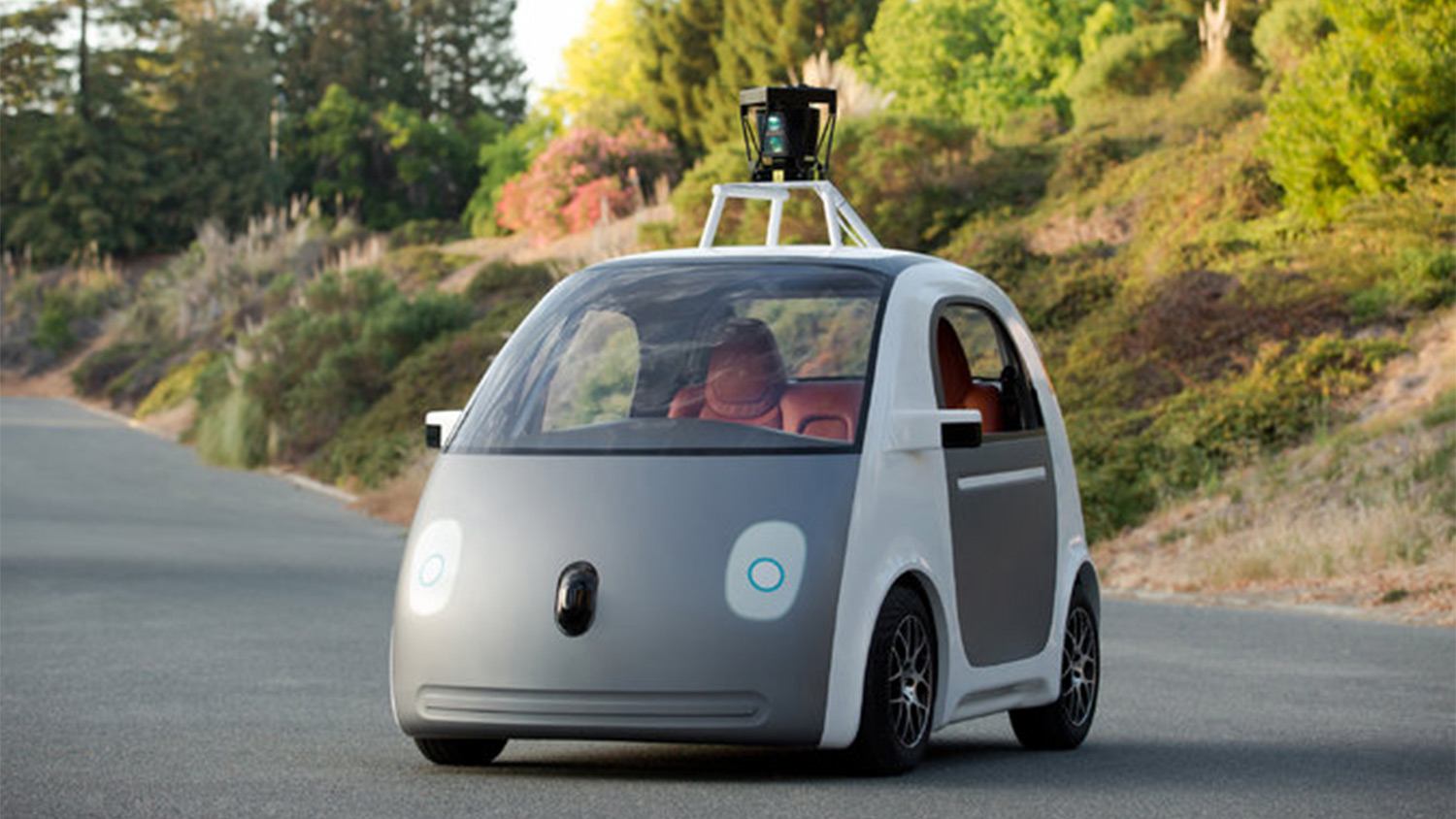Elon Musk, Google’s shareholders, and every venture capitalist in Silicon Valley may be chomping at their platinum-plated bits to get driverless cars on the roads — but actual drivers, it turns out, are less interested, according to a new poll from The University of Michigan Sustainable Worldwide Transportation. Researchers found that only 15.5 percent of respondents would be interested in an autonomous vehicle.
These findings reflect those of a poll from Morning Consult conducted earlier this year, in which 51 percent of respondents said they would not ride in a driverless car, 63 percent said they are unlikely to buy one in the next decade, and 43 percent said that driverless cars aren’t safe. Votes tended to be split along age and gender, with young people and men more likely to show interest in the burgeoning technology than older folks and women.
Despite lack of consumer interest, tech heads are going all-in on autonomous vehicles. Tesla founder Elon Musk has predicted the technology will be ready in just two years, and Google expects to have a model ready for the market inside a decade, as The Hill reports.
Uber is also getting in on the driverless action, announcing in May that it is prototyping a driverless pick-up service in Pittsburgh. While this may be good for the company — or anyone who dreads small talk with Uber drivers — moving toward autonomous vehicles would be a huge hit for drivers: Uber CEO Travis Kalanick has said that the driver is the most expensive part of their operating costs.
And it’s not just startups who are interested: The Obama administration is pushing for the technology as well, and proposed a $3.9 billion investment in autonomous vehicles earlier this year.
If Silicon Valley gets its way and driverless cars really are the vehicles of the future — even though most people aren’t asking for them — the impacts on our transit systems could be significant. Advocates argue that taking away the human element will reduce accidents and make travel more efficient, but investment in autonomous vehicles could also take away what little money we put into infrastructure for mass transportation.
But, as Roland Hwang, director of the Natural Resources Defense Council’s transportation program, has told the National Journal, it all depends on how it is harnessed. There’s “a utopian vision of what this looks like, but there’s also a dystopian vision,” he said.
Besides, there’s already a vehicle out there that is cheap, green, and also lets you snooze through your morning commute: It’s called the city bus.




